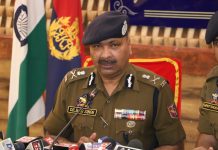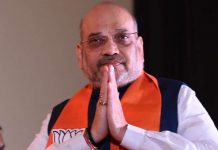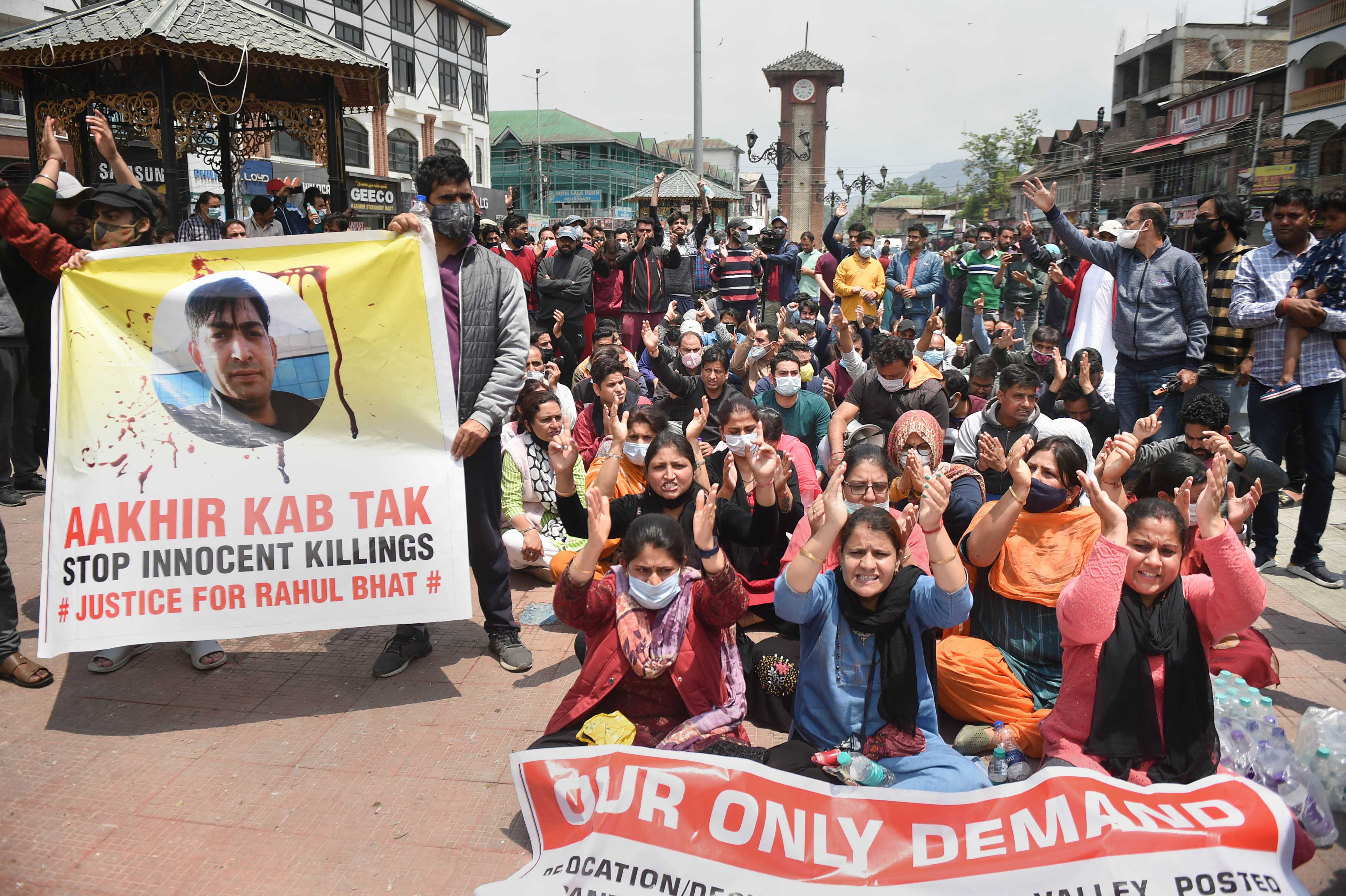
A spurt in targeted killings of civilians by militants deals a blow to the govt plan to facilitate Pandits’ return to the valley, writes Riyaz Wani
The killings of civilians and Kashmiri Pandits in Kashmir have triggered an outcry across the country. Many Pandits who had returned to Kashmir to take up jobs under the Prime Minister’s Package have left the Valley, putting the central government’s project to resettle them in their homeland in jeopardy.
However, Kashmiri Pandits have not been the only ones who have been attacked: militants have killed Kashmiri Muslim civilians, Jammu and Kashmir Police personnel, migrant labourers, and also Hindus from Jammu and the other parts of India.
In the latest incidents, militants killed Rajini Bala, a school teacher from Samba in Jammu division and Vijay Kumar Beniwal from Rajasthan, the bank manager of Ellaquai Dehati Bank. Nine civilians have been killed by militants in targeted attacks, including one Kashmiri Pandit, in the last month. And the security forces have so far been unsuccessful in stopping the killing spree. And understandably so. It will not be easy for them to secure each and every member of the minority community in the Valley.
Making things further difficult for the J&K government is that there are 4000 Pandit employees recruited under a special package and all of them are on the brink of a fresh exodus. Similarly, nearly 8,000 employees from different districts of the Jammu division are working in Kashmir under an inter-district transfer policy and a predominant majority of them are non-Muslims. Though the government has given them assurances, they find little reason to trust it. Pandit employees now want the government to revoke the bond that obliges them to stay permanently in the Valley during their employment. They want the post to be made transferable.
Avtar Krishan Bhat, president of a Hindu Kashmiri Pandit colony in northern Kashmir’s Baramulla, told the media that in the absence of a sense of security, Pandits were forced to flee. He said that around half of the 300 families living in the colony had left the Valley after the recent killing spree.
Kashmiri Pandits have also staged protests across Jammu and Kashmir demanding protection and posting outside Kashmir.
PM package
Around 2008, the then UPA government headed by Prime Minister Manmohan Singh offered Kashmiri Pandits jobs and financial support in lieu of their return to Kashmir. The Pandits were given initial financial assistance of Rs 7.5 lakh per family, which was later increased to Rs 20-Rs 25 lakh, in three instalments, for those who settled in the Valley.
The government built secure, segregated enclaves for the returning employees and their families in different parts of the Valley. The scheme proved successful. The Pandits were employed and their families took up residence in these enclaves. They would also attend to their respective duties in different areas along with Muslims. But no one touched them.
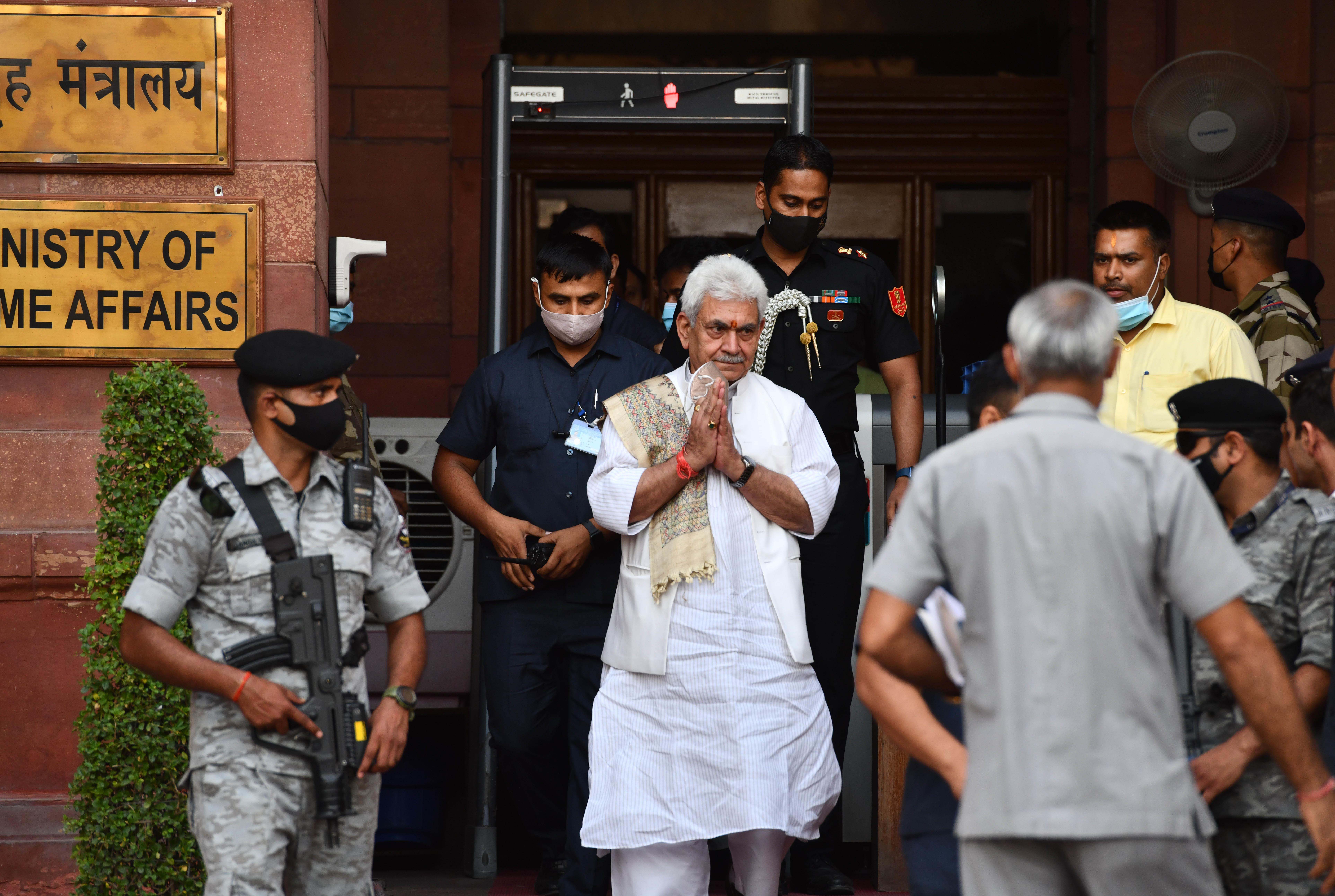
The killings of outsiders and minorities began after New Delhi revoked Article 370, which gave Jammu and Kashmir a semi-autonomous status within Indian Union. Within two months after the withdrawal of the special constitutional position on August 5, 2019, militants killed three non-locals associated with the apple trade. This temporarily plunged into crisis the fruit industry which at Rs 10,000 crore annual turnover is the backbone of the Valley’s economy. The killings triggered an exodus of truckers and apple traders from outside and it took time for the situation to normalize again. There were reports then of the militants telling local fruit growers not to hire outsiders.
Though the killings subsequently subsided, they surfaced soon again with the killings of labourers from Bihar and other parts of India. The situation came to a head when the militants killed a Hindu goldsmith on December 31, 2020 and also the last year when they shot dead the noted Kashmiri Pandit chemist Makhan Lal Bindroo. Overall, Kashmiri Muslims remain the majority of those killed over the last three years but such killings are generally considered par for the course in the media.
Government measures
The rise in minority killings has galvanized the union government to take steps to reassure Kashmiri Pandits and Hindu employees in the Valley. The union home minister, Amit Shah held a high-level meeting on May 17 which was attended by Lieutenant Governor Manoj Sinha, Union Home Secretary Ajay Bhalla and the heads of intelligence and security agencies to take stock of the preparedness for the ongoing situation in the Valley and the upcoming Amarnath yatra that is scheduled to begin on June 30 after two years. In 2020 and 2021, the pilgrimage was cancelled due to the Covid-19 lockdown. About three lakh pilgrims are likely to take part in the yatra, which is expected to end on August 11.
The Central government is now going to deploy at least 12,000 paramilitary personnel as well as thousands of Jammu and Kashmir Police to secure the yatra
In a vain attempt to offer a sense of security to Kashmiri Pandits, Jammu and Kashmir Lieutenant Governor Manoj Sinha also said that Pandit employees will be posted in safer districts following the killing of Rahul Bhat, a Kashmiri Pandit who worked in the revenue department in the Valley’s Budgam district.
The government also took a serious view of the transfer of 177 Kashmir Pandit employees being made public by the Education Department, so did the BJP. The saffron party said that the government was taking serious steps for the protection of Kashmiri Pandits, but added that some officials were playing spoilsport, without identifying them.
Also, J&K Government has directed some government and private schools to teach children from minority communities online till the situation normalizes.
“Learning level Assessment of students in each subject should be conducted virtually through Google Form questionnaire or any other feasible virtual format and record of that be incorporated in learning level register,” a recent official communication by a senior education department official to government and private schools in North Kashmir district of Baramulla read.
The district education authorities also directed the school teachers to prepare action plans for online teaching and e-materials as per their syllabus.
“Online presence of students be recorded on the attendance register,” the order reads.
Reaction from Kashmir Parties
People’s Alliance for Gupkar Declaration (PAGD issued an appeal to Kashmiri Pandit employees not to leave the Valley. The alliance also said Kashmir was Pandits’ home and their departure from here would be “painful for all”. ’
“If Rahul was killed, Riyaz was also killed. Where will Riyaz’s family and relatives go? You don’t have to leave your home. This is your home. This is my home. We will bear this tragedy together and try to safeguard each other,” the PAGD spokesman Mohammad Yusuf Tarigami said, adding that LG Sinha shared the same view about migration.
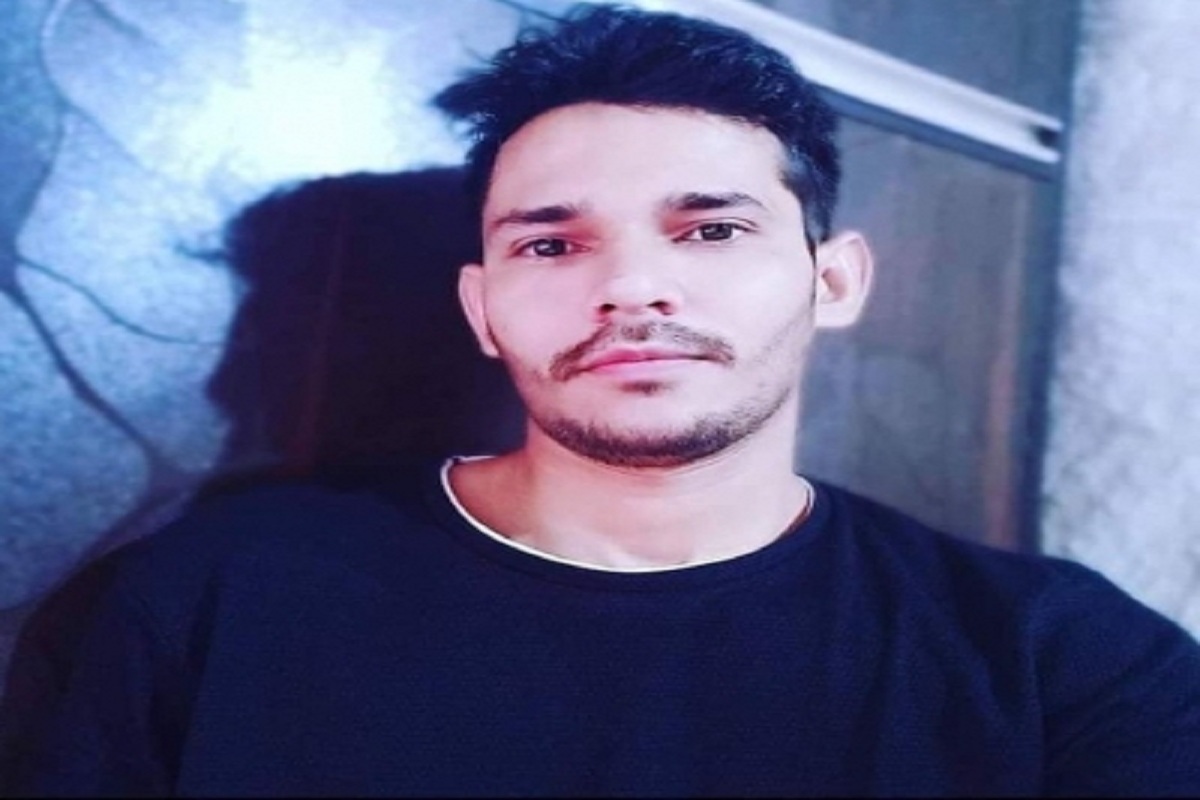
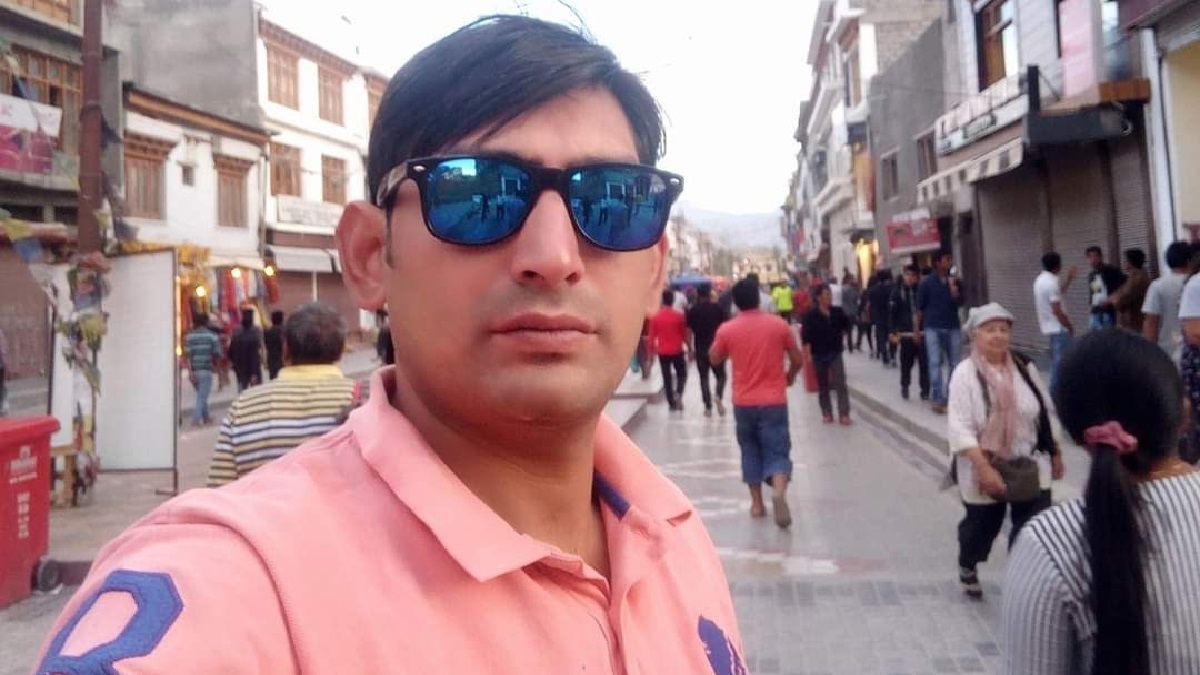
On the other hand, senior National Conference leader Ali Mohammad Sagar, expressed his sadness at the turn of events.
”It’s a matter of concern and it needs to be looked into. The community has been living here for years and a lot of work was done to bring them back. It should not go to waste,” Sagar said, adding, “Our party also worked a lot on it and it’s sad to see what is happening now.”
Population of Kashmiri Pandits, migrant labour
Before their exodus in the early nineties, Kashmiri Pandits formed around 2 percent of the Valley’s population. According to a research paper published on Kashmir in the late nineties by Alexander Evans, who later rose to become the British deputy high commissioner to India, “Some 95% of the 160,000-170,000 community left in what is often described as a case of ethnic cleansing.
“But the small minority who remain in the Kashmir Valley may be more important in determining what kind of society Kashmir becomes,” Evans, a researcher then, wrote in his paper.
Fewer than over 3000 Kashmiri Pandits are now in the Valley. They never migrated but stayed back and lived with Muslims. In recent years, however, the government has brought back several thousand Kashmiri Pandits and put them up in the fortified government-built enclaves. Most of them are government employees working in different departments. If we go by the union government figures, more Pandits had started returning to the Valley over the last three years.
In February, the Ministry of Home Affairs informed Parliament that 1,697 Kashmiri Pandits had been appointed in various government departments by the Jammu and Kashmir administration since August 5, 2019, when article 370 was abrogated from the erstwhile state and it was broken up into two union territories.
“In order to rehabilitate Kashmiri migrant families, the government of Jammu and Kashmir has appointed 1,697 such persons since August 5, 2019 and selected additional 1,140 persons in this regard,” union minister of state for home affairs Nityanand Rai told Parliament.
Giving details about the total number of Pandits who left Kashmir, Rai said that as per data provided by the government of Jammu and Kashmir, 44,684 Kashmiri migrant families were registered with the Office of the Relief and Rehabilitation Commissioner (Migrants), Jammu, comprising 1,54,712 individuals.
Later in April, Rai told Parliament that about 2,105 migrants (Kashmiri Pandits) had returned to Kashmir valley for taking up jobs provided under Prime Minister’s Development Package. In a written reply to a question, the Minister said a total of 841 appointments were made in 2020-2021 followed by 1,264 in 2021-2022.
On the killing of Hindus along with Kashmiri Pandits in Jammu and Kashmir since August 2019, Rai said, “A total of 14 people, including 4 Kashmiri Pandits and 10 other Hindus, were killed by the terrorists in Jammu and Kashmir from August 5, 2019, till March 24, 2022”.
As per the data shared by the Minister, three Hindus were killed between August 5, 2009, and December 31, 2019; two people including one Kashmiri Pandit in 2020; nine people including three Kashmiri Pandits (among them noted chemist Makhan Lal Bindroo) and six other Hindus were killed in 2021.
On the other hand, until February this year, 439 militants, 109 security personnel and a total of 98 civilians (84 of them Muslims) were killed in Jammu and Kashmir since Article 370 was repealed.
Last year, Rai had told Parliament that the government had prepared “a comprehensive policy” to provide residential accommodation to the returning Kashmiri migrants, disclosing that 6,000 residential units were being constructed for them at an “accelerated pace” and 1,000 residential units were already being used by these employees.
He gave the total number of Kashmiri Pandits who had returned to the Valley as “900 families.”
But the recent killings have threatened this project. Not only are the Pandits who had just returned are mulling escape, with many of them already having fled but also those who never migrated also want to leave. This has created a tricky situation for the union government which has been peddling a narrative that everything is hunky-dory in Kashmir following the withdrawal of Article 370 on August 5, 2019. Recent events have challenged this narrative.
“The government needs to do a tightrope walk to ensure both of its ends are served: killings stop altogether and Pandits also don’t leave,” read part of a recent editorial in a local newspaper. “But the achievement of these twin goals will hardly be made possible by an exclusively security-centric approach. Loosening rather than further tightening the stranglehold (in Kashmir) is the answer.”
Where do we go from here?
There is a sense of déjà vu in Kashmir, more so for Kashmiri Pandits. Suddenly, it is like the early nineties once more. The government’s only way to deal with the deteriorating state of affairs is to double down on security management of the situation which, in turn, has created a siege-like atmosphere. Despite the unprecedented success in operations against militants, the militancy has survived and thrived in Kashmir. In recent months, militants have also changed tack by targeting civilians and minorities more than the security forces.
Another challenge for the security agencies is the rise of what they call “hybrid militancy.” Militants are believed to enlist youth with no militant record for an occasional attack and then letting them return to their regular lives. This has, in some cases, made it challenging for the police to identify the people behind the killings. This has made it difficult for the security forces to completely eliminate the chances of civilian killings.
The militancy in Kashmir is now mainly composed of the local youth who are untrained in armed combat and have fewer weapons to use. So, they have posed little challenge to the security forces beyond some occasional attacks on the policemen.
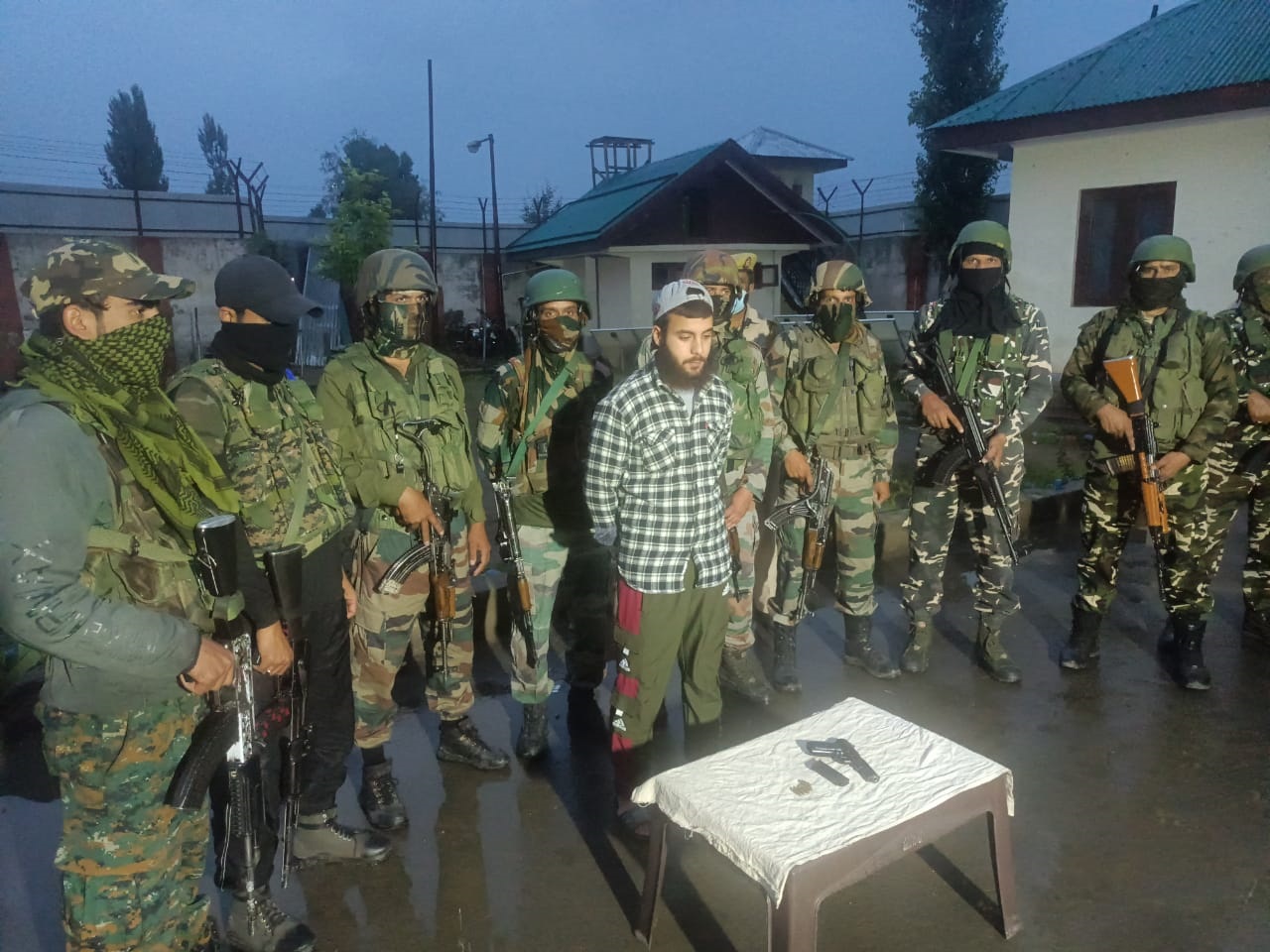
But killings of the civilians and members of the minority communities have become an instrument in their hands to reassert their presence by changing the battlefield. Incidentally, this is the first time after almost over two decades that the killings of this nature have resurfaced. And they have come at a time when J&K is under the direct central rule and the security domination is unprecedented.
Some analysts see the killings in the light of the developments of the last three years that are seen as geared to alter the demographic character of the Valley. The paranoia about a perceived hostile centre allegedly conspiring “to dilute Valley’s Muslim majority character” is redrawing the discourse in Valley like never before. It is bringing into full play the issues of land and identity, hitherto more or less dormant elements of the ongoing conflict which operated so far largely along political dimensions. This is pitting militants not only against New Delhi but also against Pandits who have their own powerful narrative and seek a dignified return to their motherland insured against a future flight in the event of a resurgence in separatist militancy. But the demand for Pandit-only townships, safeguarded by the security personnel is stoking deep apprehensions among Muslims.
Some of the measures announced by the government include the domicile law that after it was introduced in April 2020 opened up Kashmir to settlement by outsiders. The new law entitles to a domicile status anyone who has stayed in the region for fifteen years. The period is just ten years for central government officials and their children and seven years for students who have done high schooling in the region.
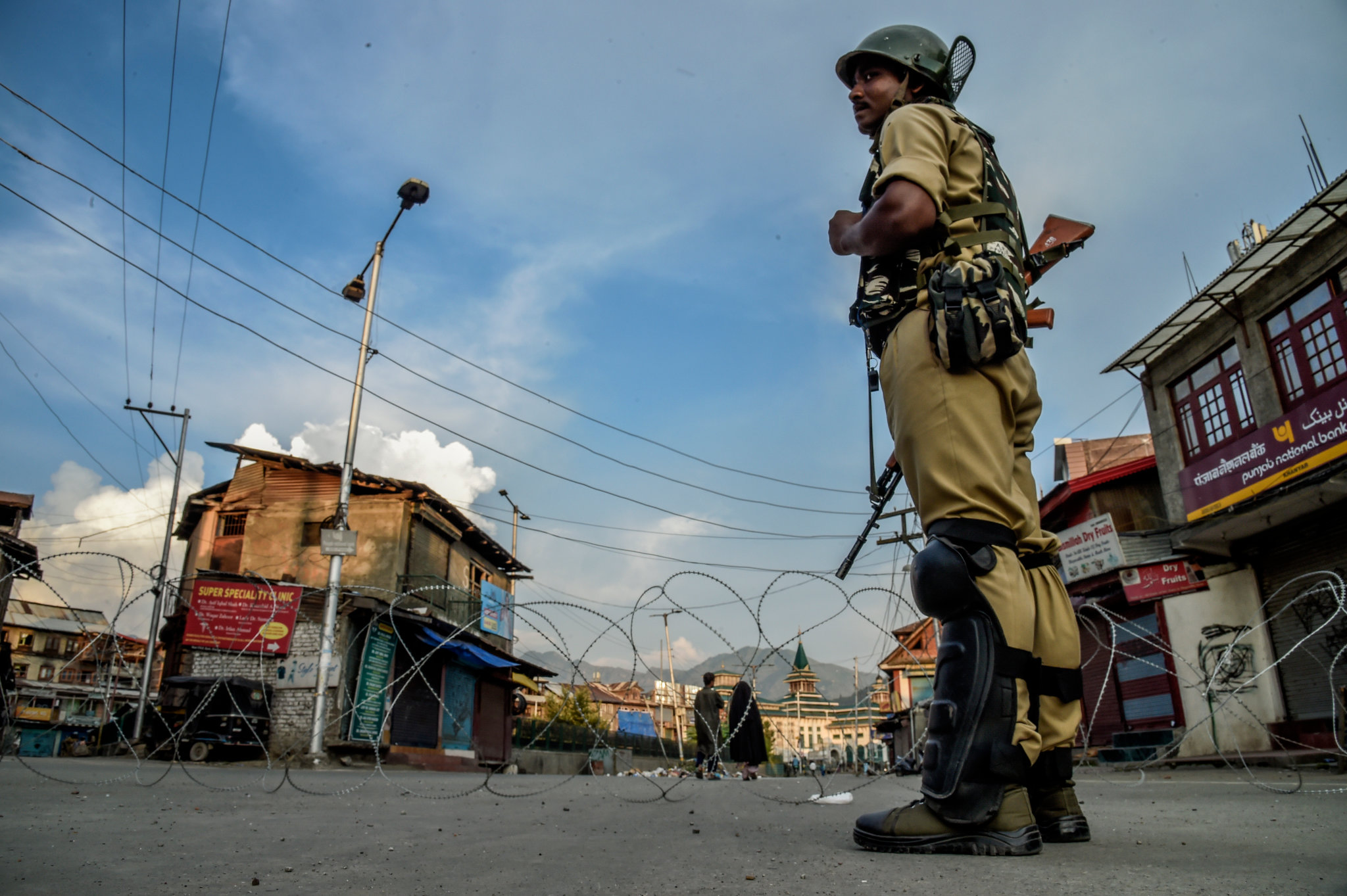
The government’s move last year for time-bound redressal of grievances related to Kashmir migrants’ immovable properties have exacerbated the anxieties in Kashmir. The objective of the order primarily is to revoke “distress sales” of properties by Kashmiri Pandits since 1990: The buyers of Pandit properties in the 1990s will have to return them at the same price they had paid, if their sellers claim they did so under duress. It has, in turn, created deep resentment among a segment of the population that, in turn, has rubbed off on the majority community already anxious about what they see as an impending demographic change.
The killings have taken place in this fraught climate, making Pandits once again despair of their long-held dream of settling back into their motherland. Over the last year, the government has struggled to reassure Pandits in the Valley of their security and dissuade them from fleeing in view of the intermittent killings. And the fresh killings have made its job even more difficult.








